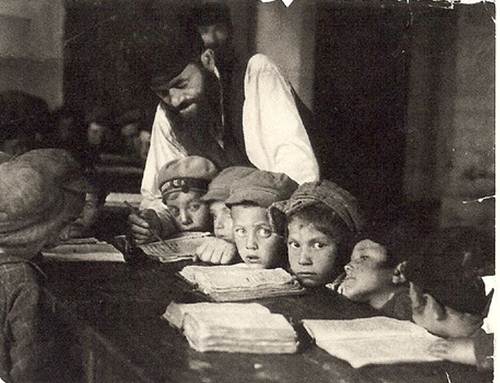Home » At the turn of the 20th century
The community continued to grow during the late 19th and early 20th centuries, though many families lived in poverty, subsisting on support from welfare institutions.
At the beginning of the 20th century, most of the community’s children were still studying at the cheder (traditional religious school) and the community’s talmud torah (religious elementary school). Others – mainly girls and a number of children from affluent and educated families – attended the public elementary school.
With the outbreak of World War I in the summer of 1914, fierce battles took place near Hrubieszow, and many homes were destroyed in the shelling. In 1915, the city was occupied by the Austrians and Germans, who remained there for three years. The occupiers imposed heavy taxes on the city’s residents and confiscated goods, leading to widespread poverty and hunger. Many residents had even struggled to put food on the table, and quite a few young men were forced into slave labor for building railroads.
The war led to a decline in the city’s Jewish population. In 1915 and 1916, cholera and typhus epidemics broke out in the city, claiming many lives. Many Jews had also fled the city during the war, fearing the Russian authorities, who had accused them of aiding the enemy.
